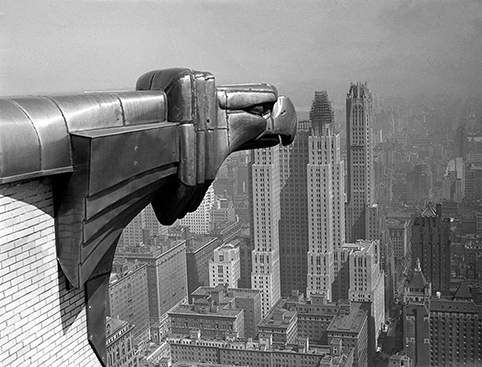Tiberiade Holding Spa is owned by a branch of the Mainetti family of Rome and, after obtaining ministerial authorisation, signed a contract at the end of March through its wholly-owned subsidiary Imprecim to purchase the core business and brand of infrastructure construction company “Condotte”. At the end of July 2023 the acquisition was finalized and Imprecim changed its name to “Società Italiana per le Condotte d’Acqua 1880”, in short Condotte 1880, which gives credit to the long and important history of the Company.
Tiberiade Holding Spa operates in five sectors: Infrastructure, Energy, Renovation, Real Estate and Publishing, through specific companies for which it provides guidance and strategic and financial control.
The Group’s origins date back to the end of the 19th century and the activities of two families who shared their expertise in the processing – firstly artisanal and later industrial – of iron and steel. The transition from an artisanal to an industrial approach took place at the beginning of the 20th century and the families founded two companies, one in Rome in 1910 and the other in New York in 1919: the Rome company specialised in processing iron, the New York business in the assembly of iron structures for the construction of skyscrapers.
In fact, for the Mainetti family, which has owned Tiberiade Holding for several decades, the recent acquisition of Condotte represents a return to the construction activities that saw it play a leading role in the building of skyscrapers such as 26 Broadway, the New York Stock Exchange (addition), the American Standard Building, the New York Telephone Co. Building, the Fred F. French Building and the Chrysler Building in the US in the 1920s and 30s. After the Wall Street Crash of 1929, the American company was converted into a real estate business, and operated as such until the late 1990s.
Between 1910 and 1943, the Italian business focused on processing iron while maintaining a craft division specialising in artistic works whose numerous projects included the gate of the Vittoriano in Piazza Venezia and parts of the Palazzo del Viminale. After the Second World War the company switched its focus to the construction of large mechanical facilities, such as the Synchrotron of Frascati, the Alfa Romeo plant in Arese and the steelworks of Terni and Taranto, and in the mid-1970s it prioritised major social and residential building initiatives, developing 1600 residential units and several shopping centres for public- and private-sector customers of a total value of about 4 billion euro in today’s money.
In recent years the various business areas have been reorganised with a focus on clean energy and energy efficiency, restoration and real estate services, and particular attention has been paid to historical restoration works such as the Baths of Caracalla (1996-1997), the Colosseum (2010-2011), the Trevi Fountain (1988-1991), the Palatine – Farnese Gardens (2005-2007), the House of Augustus Complex (2006-2007), Domus Tiberiana (2009-2010) and Porta Maggiore Basilica (2010/2011), as well as the restoration of buildings of historical and architectural value such as the French castles of Mirambeau and Codignat and the buildings of Lungotevere Aventino and Via del Tritone in Rome.


